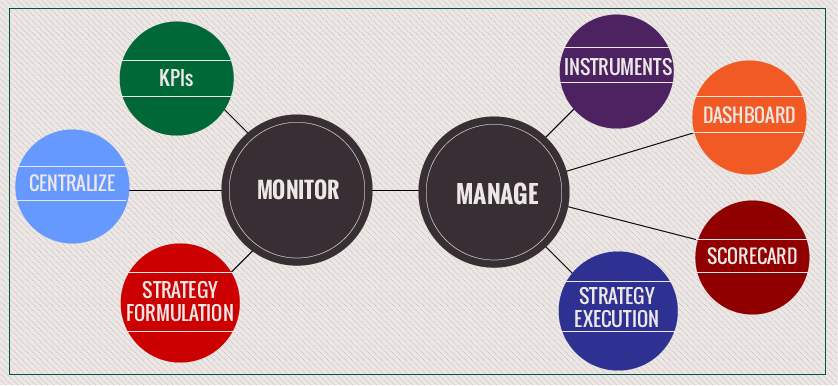Techniques for Effective Environmental Health and Safety Management

Environmental Health and Safety (EHS) is a crucial discipline for organizations of all sizes. It protects your employees, helps you meet your regulatory goals, and reduces the impact on your business activities.





